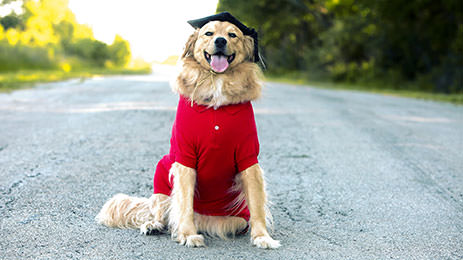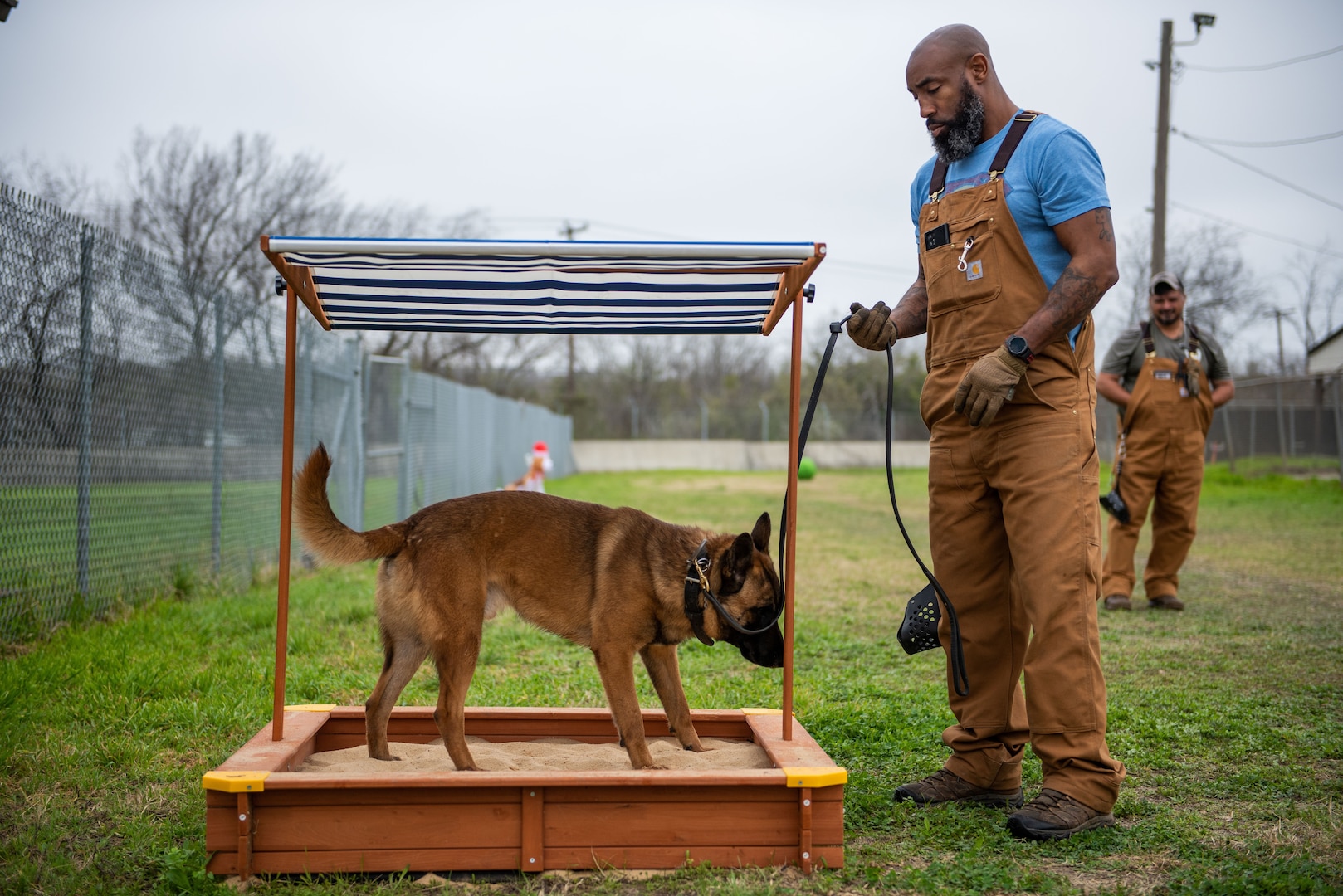Leading Dog Educating Techniques Every Owner Ought To Know

Positive Support Methods
Using favorable support methods is important for effective pet training, as it cultivates a relying on bond between the instructor and the pet. This technique concentrates on fulfilling preferable habits as opposed to penalizing unfavorable ones, creating a setting for learning. Incentives can consist of treats, appreciation, or playtime, which motivate canines to repeat the habits that gain them these rewards.

Additionally, this approach boosts the pet's excitement for training sessions. They are much more engaged and receptive when canines associate training with favorable experiences. Dog training. Beyond immediate habits alteration, positive support encourages a collaborative relationship in between the canine and instructor, decreasing stress and anxiety and concern
To optimize efficiency, it is critical to supply incentives promptly, making sure the dog attaches the actions with the support. Fundamentally, favorable reinforcement strategies not only produce better-trained canines yet also promote a harmonious partnership in between dog and proprietor.
Clicker Training Technique
The remote control training approach is a very reliable technique that constructs upon the concepts of favorable reinforcement by including a distinctive sound to mark preferred actions. This method utilizes a small handheld device that creates a clicking sound, allowing instructors to connect with their pets in a clear and immediate fashion. When a pet executes an actions that the owner wants to motivate, the remote control is triggered, followed by a reward, typically in the form of deals with or appreciation.
The secret to successful clicker training depends on consistency and timing. It is crucial to click at the specific minute the desired habits takes place, ensuring that the pet connects the sound with the activity and the succeeding reward. This method not just enhances interaction yet also cultivates a more powerful bond between the pet dog and the owner, as it urges involvement and interaction throughout training sessions.
Remote control training can be put on a range of commands and behaviors, from fundamental obedience to more complicated techniques. Its versatility and performance make it a favored method among specialist fitness instructors and pet dog owners alike, leading the way for a receptive and well-trained canine buddy.
Leash Training Basics
Reliable chain training is vital for making certain a safe and pleasurable walking experience for both pet dogs and their proprietors. A level collar may work for some pet dogs, while others might profit from a harness that lowers pulling.
Present your pet to the chain gradually, allowing them to discover it in a comfy atmosphere. This includes satisfying your pet dog for strolling next to you rather than drawing in advance.
If your pet starts to draw, stop walking promptly. Wait until they return to your side before returning to. This educates them that drawing does not lead to progress. Additionally, technique numerous strolling atmospheres to assist your canine adapt to distractions.
Regular practice will solidify your canine's understanding of leash etiquette. Keep in mind that chain training is an ongoing process; perseverance and uniformity will certainly produce the very best results, fostering a favorable experience for both you and your canine companion.
Socializing Methods
Socialization is a crucial aspect of canine training that should ideally begin throughout puppyhood however can be advantageous at any kind of age. Efficient socializing assists pets create self-confidence and reduces the probability of behavior concerns. To execute i thought about this effective socialization techniques, subject your dog to a range of environments, people, and various other pets.
Beginning with regulated settings, such as young puppy courses or arranged playgroups, where young pets can interact securely. Gradually introduce your pet dog to brand-new experiences, including different sounds, surface areas, and activities. Make sure these encounters are favorable and rewarding to establish a complacency.
For adult pet dogs or those doing not have direct exposure, begin with low-stress scenarios. Short, positive communications with pleasant human beings and calm canines can produce favorable organizations. Utilize treats and appreciation to enhance preferable behaviors throughout these experiences.

Uniformity and Persistence
Acknowledging the value of uniformity and persistence in dog training is essential for attaining try this web-site enduring results. Training a dog is a steady process that requires a structured approach and unwavering dedication from the proprietor. Each command or behavior need to be strengthened continually to help the pet dog recognize what is anticipated of them. Irregular training can cause complication, making it hard for the pet to realize actions or commands, ultimately impeding progression.
Pets, like humans, discover at their own speed. This promotes a trusting connection between the pet dog and proprietor, motivating a much more ready and enthusiastic student.
To cultivate uniformity and perseverance, develop a regular training routine, utilize the exact same commands, and make sure that all member of the family apply the same training concepts - Dog training. By doing so, you produce a secure atmosphere for learning, allowing your Website pet to develop and prosper into a well-behaved friend
Conclusion
Finally, effective pet training strategies, such as positive reinforcement, remote control training, and correct chain training, are essential for cultivating a healthy owner-dog relationship. In addition, carrying out socializing techniques and keeping uniformity and patience throughout the training procedure contributes significantly to a dog's total wellness. By integrating these methods, canine proprietors can help with the advancement of well-adjusted, loyal animals, inevitably improving the lifestyle for both the owner and the dog.
Among the most prominent techniques are positive support, clicker training, and leash training, each offering one-of-a-kind benefits that add to a well-behaved dog. As we check out these basic techniques, it comes to be apparent that grasping their nuances can substantially affect the training experience and the canine's total behavior.Using positive support strategies is essential for efficient canine training, as it fosters a trusting bond between the canine and the trainer.In conclusion, efficient canine training strategies, such as positive support, clicker training, and appropriate chain training, are essential for fostering a healthy owner-dog connection. By incorporating these techniques, dog proprietors can promote the advancement of well-adjusted, loyal family pets, ultimately boosting the quality of life for both the owner and the dog.